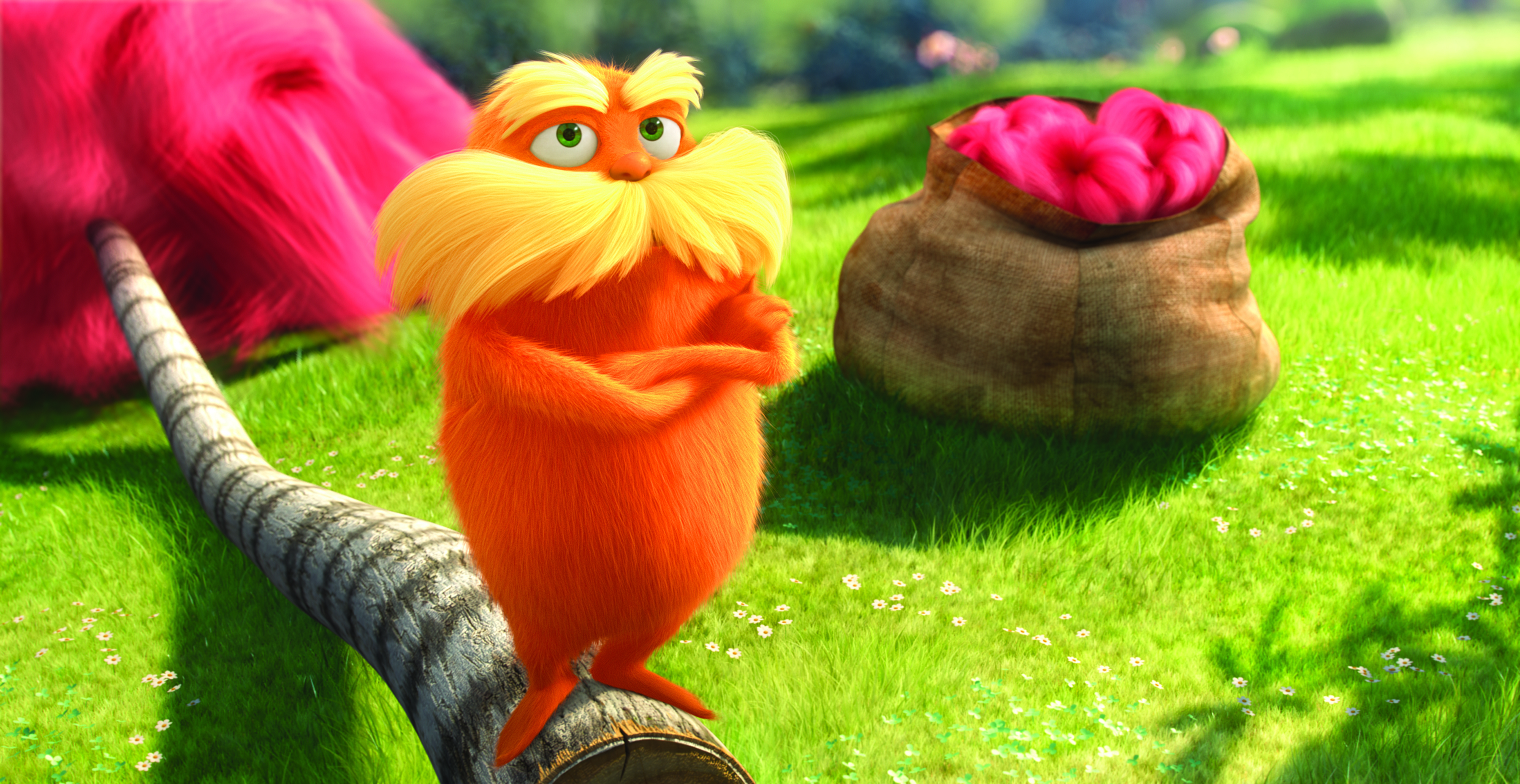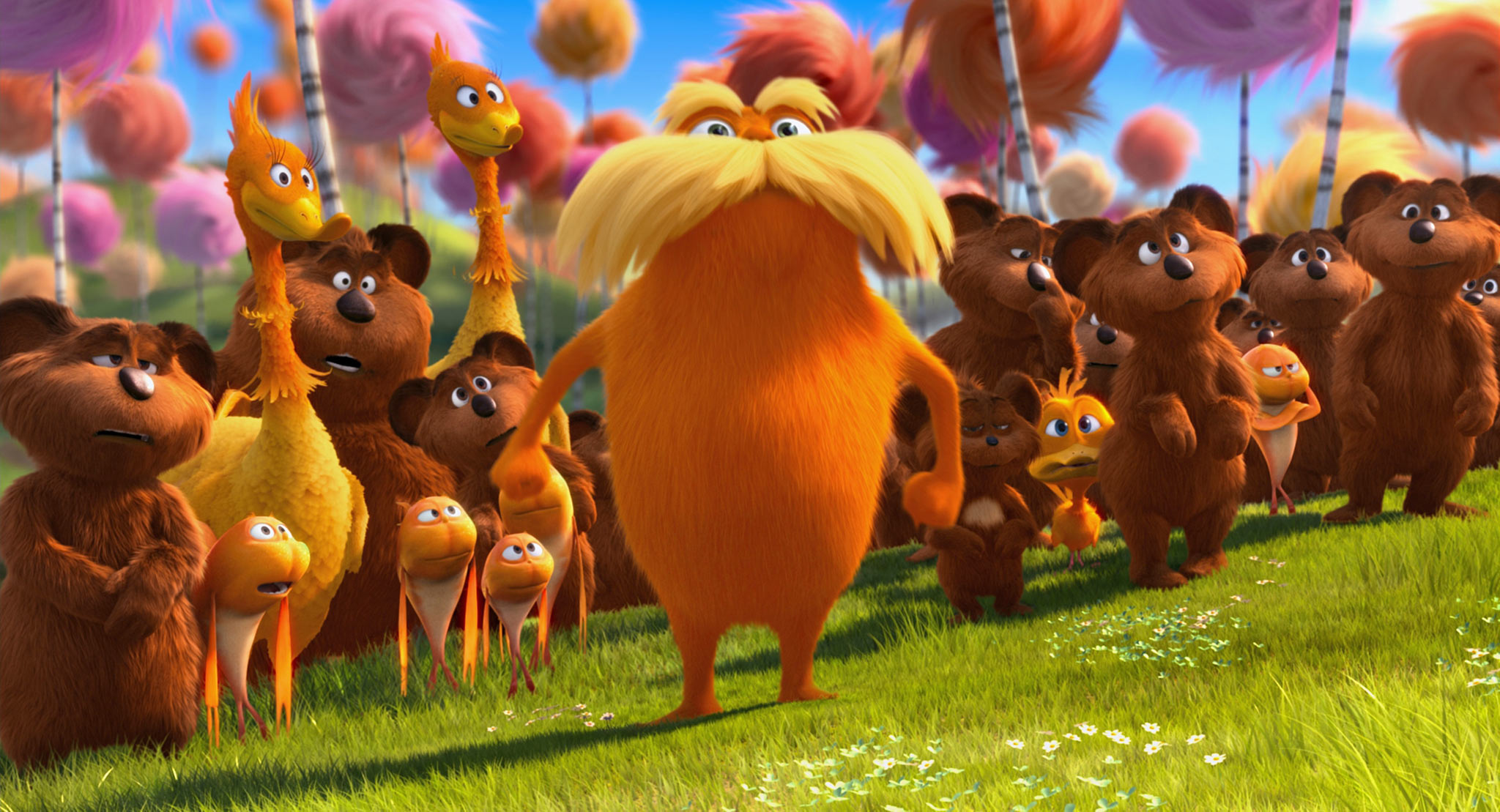AI-Generated Content
This article has been created using advanced AI technology to provide you with informative and engaging content.
AI-Curated Resources:
When thinking about Dr. Seuss's wonderful world, many pictures might pop into your head, but for a good number of people, the image of a certain orange, tufted creature with a truly distinct facial adornment comes to mind. That's the Lorax, of course, and his rather striking facial hair, often called the "lorax mustache," is as much a part of him as his firm belief in speaking up for the trees. This character, brought to life first in a children's book and later in films, stands as a memorable figure, pretty much due to his unique appearance and his important message about taking care of our planet.
The story of the Lorax, put down on paper by Dr. Seuss and made available to readers back in 1971, tells the tale of a rather tough situation facing the natural world. It follows the main character, the Lorax himself, who gives a voice to the trees, standing up for them against those who might do them harm. This tale, which is still very relevant today, gives us a chance to think about how we treat the environment and what it means to truly look after the places we call home. It's almost as if the Lorax's memorable look, including his famous facial hair, helps to make his message stick with people.
Through the years, the Lorax and his message have been shared in various ways, from that original book to television specials and even big screen animated features. Each time, this grumpy yet appealing figure with his unmistakable "lorax mustache" has been there, reminding everyone about the importance of protecting nature. So, whether you first met him on a page or saw him in a movie, his distinctive appearance certainly plays a part in making him such a lasting symbol for environmental care.
Table of Contents
- Who is the Lorax, Anyway?
- The Lorax's Distinctive Look and His Mustache
- What's the Story Behind the Lorax and His Whiskers?
- The Lorax Mustache and His Role as a Spokesperson
- How Did the Lorax's Look Translate to the Screen?
- Bringing the Lorax Mustache to Life in Animation
- Why Does the Lorax Mustache Stay With Us?
- The Lasting Impact of the Lorax Mustache
Who is the Lorax, Anyway?
The Lorax is the central figure in a beloved book by Dr. Seuss, which first came out in 1971. He's a small, orange creature with a very noticeable, bushy yellow facial growth that people often call his "lorax mustache." His main job, you see, is to speak for the trees, because trees, as we know, don't have mouths to speak for themselves. He stands up against the Once-ler, a character who chops down trees to make something called Thneeds. The Lorax, though he might seem a bit cross at times, is deeply committed to protecting the natural world.
This character, in some respects, serves as a voice for the environment, a sort of guardian for the Truffula Trees and the creatures who live among them. He's often seen as a symbol of environmentalism and responsibility. His appearance, particularly that bright, bushy "lorax mustache," makes him instantly recognizable and, quite frankly, quite endearing, even when he's expressing his frustrations. It's almost as if his unique look helps to highlight his very serious message.
The Lorax's Distinctive Look and His Mustache
When you picture the Lorax, you probably think of his bright orange fur and those really big, yellow, flowing facial hairs. This "lorax mustache" is perhaps his most memorable physical feature, giving him a look that is both wise and a little bit comical. It's not just a random design choice; it seems to contribute to his overall persona as an old, somewhat weary, but ultimately determined protector of nature. People tend to remember him because of it, which is pretty cool, really.
His eyes, too, often show a mix of sadness and determination, especially when he's witnessing the destruction of the trees he cares for so much. But it's those prominent facial whiskers that truly set him apart. They frame his face in a way that draws your attention to his expressions, whether he's frowning in disapproval or, just a little, showing a hint of hope. This visual element, the "lorax mustache," helps to make him a character that sticks in your mind long after you've finished the story.
Lorax Character Details
| Creator | Dr. Seuss (Theodor Seuss Geisel) |
| First Appearance | The Lorax (Book), 1971 |
| Purpose | To speak for the trees and the environment |
| Key Physical Feature | Bright orange fur, large yellow "lorax mustache" |
| Voice Actor (1972 TV Special) | Bob Holt |
| Voice Actor (2012 Film) | Danny DeVito |
| Personality Traits | Grumpy, charming, determined, passionate, a bit weary |
What's the Story Behind the Lorax and His Whiskers?
The whole story, as I was saying, really centers on the idea of caring for the environment. The Lorax, with his distinctive "lorax mustache," arrives when the Once-ler starts cutting down the beautiful Truffula Trees. He tries to warn the Once-ler about the damage being done, explaining how the trees are needed by the various creatures and how their destruction will harm the entire ecosystem. His efforts, however, are often ignored, which is a bit sad, really.
The book tells us about the consequences of unchecked industrial growth and how important it is to listen to the warnings of those who understand the natural world. The Lorax, though he's a fictional character, represents those who speak up for nature, even when it's unpopular or difficult. His unique appearance, particularly his facial hair, makes him stand out, almost as if it's a visual shorthand for his wisdom and his connection to the wild. It's a powerful way to make a very serious point.
The Lorax Mustache and His Role as a Spokesperson
The Lorax's "lorax mustache" isn't just for show; it's part of his entire identity as the one who speaks for the trees. You see, he's not a big, intimidating figure. He's rather small, yet his voice carries a lot of weight, and his appearance helps to make him memorable. That prominent facial hair gives him a certain gravitas, a look that suggests he's seen a lot and knows a thing or two about the way things should be. It's pretty much a visual cue that he's a character with a purpose.
When he confronts the Once-ler, his "lorax mustache" seems to frame his expressions of concern and frustration. He's trying to make the Once-ler see the bigger picture, to understand that chopping down all the trees will have lasting effects. The visual impact of his unique face, complete with those famous whiskers, helps to emphasize his role as a passionate advocate for the natural world. It’s almost like his mustache is part of his argument, if that makes sense.
How Did the Lorax's Look Translate to the Screen?
When "The Lorax" made its way from the pages of the book to the screen, whether in the 1972 TV special or the 2012 animated film, a big part of the challenge was bringing the character's unique appearance to life. The original drawings by Dr. Seuss have a very distinct style, and keeping that feeling while making it move and speak was a key consideration. The "lorax mustache," being such a central part of his look, had to be just right, too, it's almost a character in itself.
In the 1972 TV special, Bob Holt gave a voice to the Lorax, and the animators worked to capture the character's slightly rumpled, determined look. Then, for the 2012 animated film, guided by Chris Renaud and Kyle Balda, the team really focused on making the Lorax feel tangible, with his bright orange fur and those wonderfully expressive yellow whiskers. Danny DeVito took on the voice role, bringing a particular kind of gruffness and warmth to the character, which, arguably, fit perfectly with the visual of the "lorax mustache."
Bringing the Lorax Mustache to Life in Animation
The "lorax mustache" is such a defining feature that its animation needed special attention. In the 2012 film, which was brought to life by Universal Pictures and Illumination Entertainment, and then shared with audiences by Universal, the animators made sure the Lorax's facial hair had a lot of movement and personality. It wasn't just a static yellow blob; it bounced and swayed with his expressions, adding to his overall charm and sometimes his irritation. This detail, really, helped to make the character feel more alive.
You can see how the animators used the "lorax mustache" to convey emotion. When he's angry, it might seem to bristle a little. When he's sad, it might droop. This level of detail in the animation means that the mustache isn't just a visual accessory; it's an active part of his communication. It helps to tell the story of this grumpy yet appealing creature, making him even more relatable to viewers of all ages. So, in a way, the mustache itself becomes a bit of a storyteller.
Why Does the Lorax Mustache Stay With Us?
It's interesting, isn't it, how certain character features just stick in your mind? The "lorax mustache" is definitely one of those. It's not just that it's big and yellow; it's that it's so distinctive that it instantly tells you who the character is and what he stands for. It's a visual shorthand for the Lorax's wisdom, his age, and his unwavering commitment to protecting the natural world. This particular bit of facial hair, arguably, makes him unforgettable.
Part of its lasting appeal, perhaps, comes from its somewhat whimsical nature, typical of Dr. Seuss's creations. It's silly enough to be fun for children, but it's also grand enough to give the Lorax a sense of importance. The "lorax mustache" is more than just hair; it's a symbol of the character's unique spirit and his role as a champion for environmental causes. It helps to make him a character that people remember and talk about, even years after first encountering him.
The Lasting Impact of the Lorax Mustache
The "lorax mustache" has, in a way, become a cultural icon all its own. People recognize it instantly, and it often brings to mind the important message of the book and films: that we all have a part to play in looking after our planet. It's a simple, yet powerful visual cue that reminds us of the Lorax's voice for the trees. So, it's not just a funny bit of facial hair; it's tied to something much bigger, something about caring for the world around us.
The character, with his famous "lorax mustache," continues to inspire discussions about environmental responsibility and the consequences of our actions. The fact that such a specific visual detail can hold so much meaning is pretty remarkable. It just goes to show how powerful visual storytelling can be, and how a seemingly small design choice can help to carry a very significant message through time. The Lorax, and his whiskers, are still very much a part of conversations about the environment today.
The Lorax fandom wiki, which is a big online collection of information about everything related to the Lorax, a classic children's book by Dr. Seuss, certainly has a lot of details about the character's appearance, including his memorable "lorax mustache." This resource, which contains a good amount of material, shows just how much interest there is in every aspect of the Lorax, from his creation to his role in the story and, naturally, his distinctive look. It's a testament to how much people appreciate this character and the ideas he stands for, and how his unique features, like that fantastic facial hair, truly resonate with people.
AI-Enhanced Visual Content


